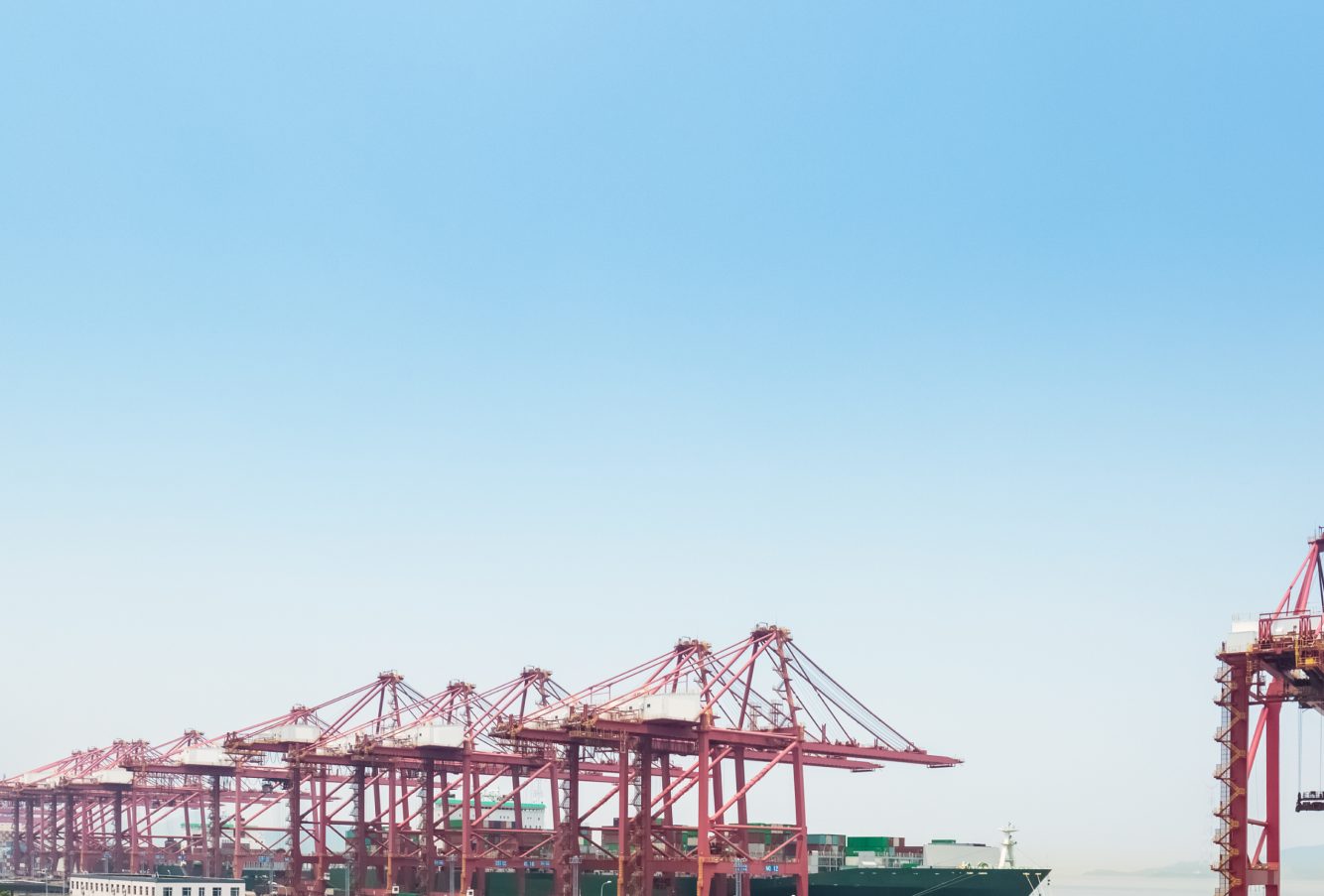A Comprehensive Guide to Shipping from Lianyungang Port to Vietnam
Latest update on 8 August, 2024 by Angelina Pang– Marketing Analyst at FreightAmigo
Shipping goods internationally requires careful planning and understanding of the logistics involved. Lianyungang Port, located in Jiangsu Province, China, is a crucial hub for maritime trade. In this guide, FreightAmigo will cover the essential aspects of shipping from Lianyungang Port to Vietnam, addressing logistics, documentation, customs procedures, and best practices.
Want to Instantly Compare International Express, Air, Sea, Rail Freight And Truck Logistics Management Solutions To Control Transportation Costs?
Understanding the Shipping Route
Lianyungang Port is strategically positioned, providing easy access to major shipping routes. The route to Vietnam involves crossing the Yellow Sea and navigating the South China Sea. Here are key points to consider:
- Route Overview: The typical shipping route passes through key maritime paths, ensuring efficient travel times. The distance from Lianyungang to major Vietnamese ports like Ho Chi Minh City or Hai Phong is approximately 1,500 to 2,000 nautical miles.
- Transit Time: Depending on the shipping method (e.g., container shipping), transit times can vary. Generally, it takes about 7 to 10 days for a vessel to reach Vietnam from Lianyungang.
- Weather and Seasonal Considerations: The South China Sea is prone to monsoons and typhoons, especially between June and November. It’s crucial to factor in potential delays during these months.
Key Documentation and Procedures
Shipping internationally involves a series of documents and procedures to ensure smooth transit and compliance with regulations:
- Bill of Lading: This is a critical document issued by the carrier to acknowledge receipt of cargo. It serves as a shipment receipt and a contract between shipper and carrier.
- Commercial Invoice: This document provides detailed information about the goods, including value, quantity, and description. It is essential for customs clearance.
- Packing List: It includes details about the shipment’s contents, packaging, and dimensions. It helps customs and shipping personnel understand the specifics of the cargo.
- Certificate of Origin: This certifies the goods’ country of manufacture, which can affect duties and tariffs.
- Customs Declaration: Required by both Chinese and Vietnamese authorities, this document declares the goods being imported or exported.
Navigating Customs Procedures
Customs regulations can be complex, but understanding them is vital for a smooth shipping experience:
- Chinese Customs: Before leaving Lianyungang, goods must be cleared by Chinese customs. This involves submitting all necessary documentation, including the export license if required.
- Vietnamese Customs: On arrival, the shipment must pass through Vietnamese customs. The process can be expedited by pre-arrival clearance, which involves submitting documents before the cargo arrives.
- Duties and Taxes: Vietnam applies import duties based on the product type. Understanding the Harmonized System (HS) codes and corresponding tariffs is crucial.
- Customs Brokers: Engaging a customs broker can simplify the process. They are experts in navigating the regulatory landscape and can help ensure compliance with both countries’ laws.
Best Practices for Successful Shipping
To ensure a seamless shipping experience, consider the following best practices:
- Choose the Right Shipping Partner: Select a reliable shipping company with experience in the China-Vietnam route. A reputable partner can handle logistics, documentation, and unexpected issues effectively.
- Plan for Contingencies: Weather disruptions, port congestion, and regulatory changes can affect shipping schedules. Having a contingency plan is essential for mitigating delays.
- Insurance: Consider obtaining cargo insurance to protect against loss or damage during transit. Shipping involves inherent risks, and insurance provides peace of mind.
- Tracking and Communication: Use tracking technologies to monitor your shipment’s progress. Maintain open communication with your shipping partner to stay informed about any changes or issues.
Conclusion
Shipping from Lianyungang Port to Vietnam involves navigating complex logistics, documentation, and customs procedures. By understanding the route, preparing the necessary paperwork, and adopting best practices, businesses can ensure a smooth and efficient shipping process. Whether you’re a seasoned exporter or new to international trade, FreightAmigo’s guide provides the foundational knowledge needed to succeed in this vital trade corridor.
If you are looking for logistics experts, please visit FreightAmigo Page
If you have any inquiries on logistics / supply chain, feel free to contact FreightAmigo now:
Chat with us online | Hotline: +852 28121686 | WhatsApp: +852 27467829










































